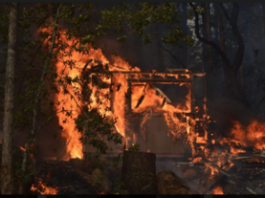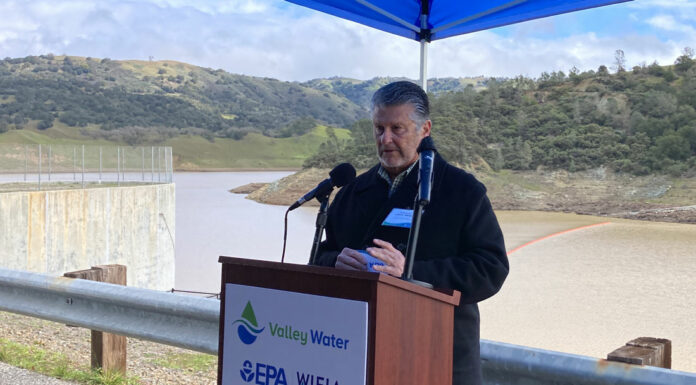Remembering a Fallen Comrade
Some 55 years ago, the Korean War raged and I was there as a Marine. I felt as most Korean War Marines did that the Navy medical Corpsmen who were by our side in battle performed admirably. In fact, one Corpsman, HM1 Billy Gene Cooper became my friend.
Properly Classify Alcoholic Products to Affect Consumption
In substance abuse prevention partnerships, community groups sponsored by the South County Collaborative, South County residents have been involved for the last year in "environmental strategies" to increase the success of substance abuse prevention. Just what are environmental strategies?
Bountiful Apple Harvest is Sweet to the Core
If you're looking for a weekend travel destination that is scenic in an un-Las Vegas sort of way and offers abundant opportunities to consume boatloads of calories but only in the most health-conscious manner, then have I got the place for you.
Guest view: Include Latinos in economy rebuilding
California’s Latino community is experiencing the brunt of the Covid-19 pandemic’s impact. About 50 percent of the state’s more than 62,000 cases, and 33 percent of its total deaths are Latino, more than any other racial or ethnic group in California.
Perchlorate insanity and percolating Caltrain cuts
By Tom Mulhern My dad has a saying that he often uses when
Guest View: Valley Water chair highlights board’s goals for 2023
As I begin a new term on the Valley Water Board of Directors representing District 1, I am honored to serve as the Chair in 2023.
While our region remains in a drought, we are cautiously optimistic about Santa Clara County’s water supply outlook this...
Regional Water Board keeps an eye on pollution
Everyone has a right to clean water. It is common sense, it is
Religion: The gifts of life and freedom
Many years ago, I was invited to celebrate Mass with the Sisters of Charity (Saint Theresa of Calcutta’s Sisters). On the sacristy wall, there was a message for visiting priests: “Celebrate this Mass as if it will be your first Mass, your last Mass,...







